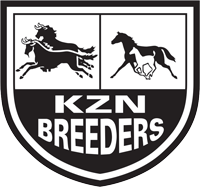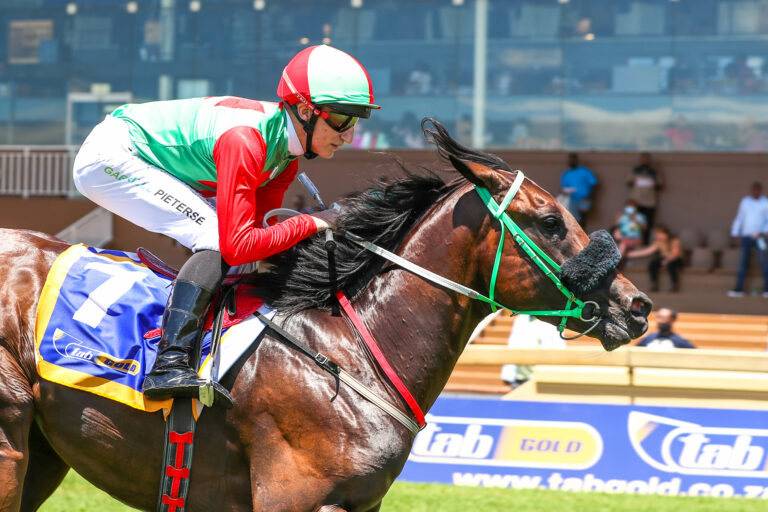The Nutritional Demands of Lactation
| The Nutritional Demands of Lactation 1 August, 2011 – Dr Rensia Möller |
The Nutritional Demands of Lactation
Mares must be kept at optimal body condition in order to nourish their foals properly and remain healthy throughout lactation. This is achieved by providing sufficient dietary energy in the form of a well-balanced diet throughout both early and late lactation.
Lactation places extraordinary physiological demands on mares. Well-fed lactating mares can produce the equivalent of 2-4% of their body weight in milk daily during the first two months of lactation (10-20? for a 500kg mare). The energy requirement of lactating mares is nearly double that of barren or early-pregnant mares in order to sustain this vast output. In addition to elevated energy requirements, lactation also increases protein, calcium, and phosphorus requirements.
The primary goal of feeding the lactating mare is to maintain optimal body condition. Based on a simplified method of body condition scoring from 0 (very poor and bony) to 5 (very fat or obese), lactating mares from foaling to weaning should be maintained in good to heavy condition (3-3.5), and weight loss should be avoided, as fertility and milk production will be adversely affected.
Because early lactation can drain energy reserves, mares should be in at least moderate body condition prior to foaling (i.e. a layer of fat should cover the ribcage allowing it to be felt but not seen, body condition score 2.5-3). Mares in poor body condition have inadequate internal energy stores to produce enough milk, and foals nursing these mares often grow slower than their well-nourished peers. Special attention therefore must be given to thin and obese mares to ensure optimal milk production.
It is erroneous belief that overfeeding energy to mares in adequate body condition can cause spikes in the amount of energy, protein, and fat contained in the milk. On the contrary, excessive dietary energy may actually lower these values in the milk of mares in average or above-average body condition.
Feeding the Obese Lactating Mare
Every attempt should be made to prevent mares from becoming obese during any stage of reproduction. Mares must be fed roughage in the form of high-quality hay and pasture, and this alone may provide sufficient dietary energy and protein to support lactation. In mares that are particularly easy keepers, excessive intake of high-quality legume hay such as lucerne may contribute to obesity during lactation, and switching to only grass hay such as Eragrostis teff or curvula may prevent weight gain. Proper fortification of vitamins and minerals in the diet must be ensured, and this is best achieved by feeding a balancer pellet such as Epol All Phase Balancer. When fed according to recommendations, either on a hay only diet or in addition to low levels of astud diet, adequate levels of protein, calcium, and phosphorus will be ensured.
Feeding the Underweight Lactating Mare
Just as some hard-working horses are unable to maintain their weight on typical portions of hay, grain and pasture, many mares cannot keep optimal body condition while nursing a foal. Most concentrates formulated for lactating broodmares have a feeding rate of 4-6 kg daily, and if the daily grain quantity is more than 4.5 kg, feeding the mare three times a day would be necessary as no single grain meal should be over 2.2 kilograms to avoid overloading the hindgut and possibly leading to hindgut acidosis. Some mares, even when consuming the maximum amount of grain that can be fed safely in combination with the highest quality legume hay, still lose considerable weight during lactation. One way to counteract this is to top-dress fat in the form of vegetable oil onto the concentrate ration. Mares that are thin at foaling must consume sufficient calories to not only support the growth of their foal via sufficient milk production, but also to increase their own body condition, especially if the mare is to be successfully rebred. Thin mares have a more difficult time conceiving and maintaining pregnancy than mares in average body condition.
End of Lactation
Milk production in the mare significantly declines by the time a foal is five months old, and what was once 13-18 kg of daily milk production is reduced to approximately one-half to two-thirds of that. As milk production wanes, so do the mare’s nutritional needs. The amount of feed should be decreased during the latter months of lactation to keep the mare at a desirable body condition (moderate to ‘fleshy’ condition) with paddock exercise for fitness as, if the mare is fed as she was in early lactation, she may begin to gain undesirable weight.
Water
Mares have an increased need for water during lactation and should have unlimited access to fresh, clean water. Studies have shown that nursing mares require 1.8 to 2.5 times more water than that necessary for maintenance, and this is be due to increased feed intake and/ or milk production. Differences in diet and/or ambient temperatures can further influence the water requirement to two- or threefold greater than at maintenance. Water supply is particularly important in the management of mares that foal early in the year when water sources may freeze or in drought conditions when water is scarce. As we are now in foaling season, I trust that when your foal/s are born, they will be healthy and just what you wished for.
All the best,
Dr Rensia Möller
Interesting fact: It is very important for a foal to consume sufficient colostrum during the first 16 hours of its life. Foals, in contract to human babies, are born with little antibody reserve against diseases in the environment. This is because mares have 5 layers of cells within the placenta or membranes between the maternal blood circulation and the foal’s blood, whereas women have 2 layers and long chain antibody proteins are able to be transported through into a baby before birth.

 Dr Rensia Möller Dr Rensia MöllerEquine Veterinarian and International Nutritionist Dr Rensia Möller obtained her Agricultural Science before graduating cum laude for her BScAgric Honours in Equine Nutrition and Genetics. She obtained her Masters in Equine Exercise Physiology and Equine Nutrition at the Onderstepoort Veterinary Faculty before completing her Veterinary Science degree at Onderstepoort cum laude. She opened an equine veterinary and nutrition practice in 2002, as well as developing her own equine nutritional supplement brand in South Africa. She was appointed manager of Zabeel Feedmill in Dubai in 2006 where she custom designed professional performance equine feeds for various internationally acclaimed trainers including Mike de Kock, competing for the Dubai World Cup, with numerous race winners and success stories on these feeds. She also exclusively developed formulas for the world renowned Godolphin and Darley equine racing and breeding houses. She is currently on board the dynamic Epol team, doing part-time consultancies for Epol clients, and passionately formulating and upgrading their range e.g. the newly launched long awaited mueslis and the international add-on of the Mike de Kock racing range. She is also available for private client consultancies. |


